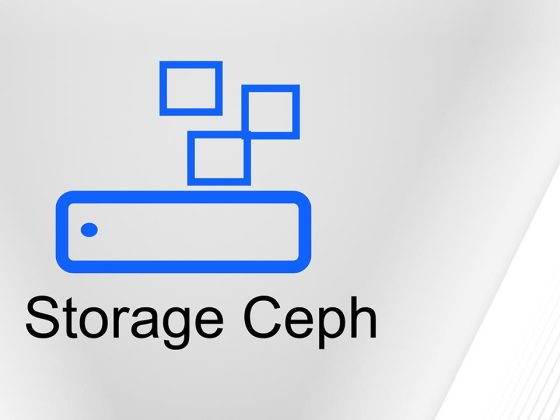KubeCon 2021 in North America saw the launch of the Cloud Native Maturity Model, a model launched by the Cartografos Working Group to help adopters and end-users to navigate the CNCF landscape and the wider cloud native ecosystem. As part of the launch, the Group also launched the book Admiral Bash’s Island Adventure.
Today, we are pleased to announce the update of the Cloud Native Maturity Model. Working with new members of the CNCF community including Annalisa Gennaro, Marcello Testi and Jonathan Gershater, amongst existing members Danielle Cook, SImon Forster, Robert Glenn and John Forman, the group spent the last six months reviewing the model and speaking with TAGs to ensure it is reflective of how rapidly the market changes.
From our partners:
The maturity model includes 5 levels each one covering people, process, policy and technology. These are broken out by key themes. Here below you’ll get an overview of some of the updates.
Meet the Cartografos Working Group at KubeCon EU in the Project Pavillion! Learn more about the group and get involved! You can also attend the session, Intro to the Maturity Model.
New Section: Business Outcomes
As part of the maturity model, we felt it was important to outline not just what to expect from the technology, but what the business could expect. Today we launch the new business outcomes section. In line with the model, we considered what business leaders – CEO, CFO, board members, etc – could expect from cloud native.
This included ensuring alignment of business goals to how cloud native will help you achieve those. Some examples may include:
- Scale to 1 million users: Provide flexible, scalable infrastructure based on users at any given time equipped with fast failover in the event of a problem.
- Deliver exceptional customer experience: Ensure the app is reliable as to not frustrate users
- Get features to market faster: Enable a microservices approach to building apps. Smaller teams are more agile because each team has a focused function. APIs minimize the amount of cross-team communication required to build and deploy.
While cloud native is not a linear evolution, and setbacks will be experienced, the first level in the cloud native maturity is to understand how you will measure success (your KPIs) and how you’ll demonstrate those to stakeholders.
Some quantitative and qualitative example KPIs may include:
- Reduced spend on app infrastructure by 25% by optimizing for cost
- Dev cost lowered by 10%
- Reduced team focus on app infrastructure by 15% by automating as much as possible
- Increased security for the application by automating CVE identification in containers
- Improve compliance as you can restrict and track access to the application; demonstrate compliance with SOC 2
- Accelerated development life cycles as you implement CI/CD pipelines shipping 10% more features per quarter
- Migrate plan – this will vary depending on your organization, but you should have a migration plan in place. Whether that’s to migrate one application first, or several, you should have this established.
- Improved customer experience measured by increased Net Promoter Scores (NPS)
- Elimination of information silos: departments no longer isolated; unique, integrated ecosystem in place.
- Alignment of business and IT goals: everyone is involved and aware, so that resources are better addressed to meet those goals efficiently.
- Increased internal communication: cross-pollination offers new perspectives with shared knowledge.
You can review the full business outcomes on GitHub.
Process Updates
Included now in the process section are information on GitOps and the requirement to establish a Center of Excellence for CI/CD. We also adjusted level three to include information on how standards are emerging.
Technology Updates
We’ve worked to further raise the profile of security throughout Technology. We’ve also worked to further integrate Infrastructure as Code.
Next Steps
The Cartografos Working Group is committed to keeping the maturity model up to date and relevant so that organizations of all sizes can use it as they journey through the phases. As part of this, our next steps include:
- re-evaluating the model structure and layout
- Continued refinement of published artifacts
- Website integration into cncf.io (goal)
- Partnership with TAGs and integrating material into model
- Review of the Working Group Charter
We welcome any person working in the cloud native space to join this group. Information can be found in the resource section. You can also reach out to Danielle Cook ([email protected]) or Simon Forster ([email protected]) for more information and to get involved.
Resources
Cloud Native Maturity Model
- CNCF Slack: #cartografos-wg
Community post by Danielle Cook, Simon Forster for the Cartographos Working Group
Source CNCF
For enquiries, product placements, sponsorships, and collaborations, connect with us at [email protected]. We'd love to hear from you!
Our humans need coffee too! Your support is highly appreciated, thank you!








